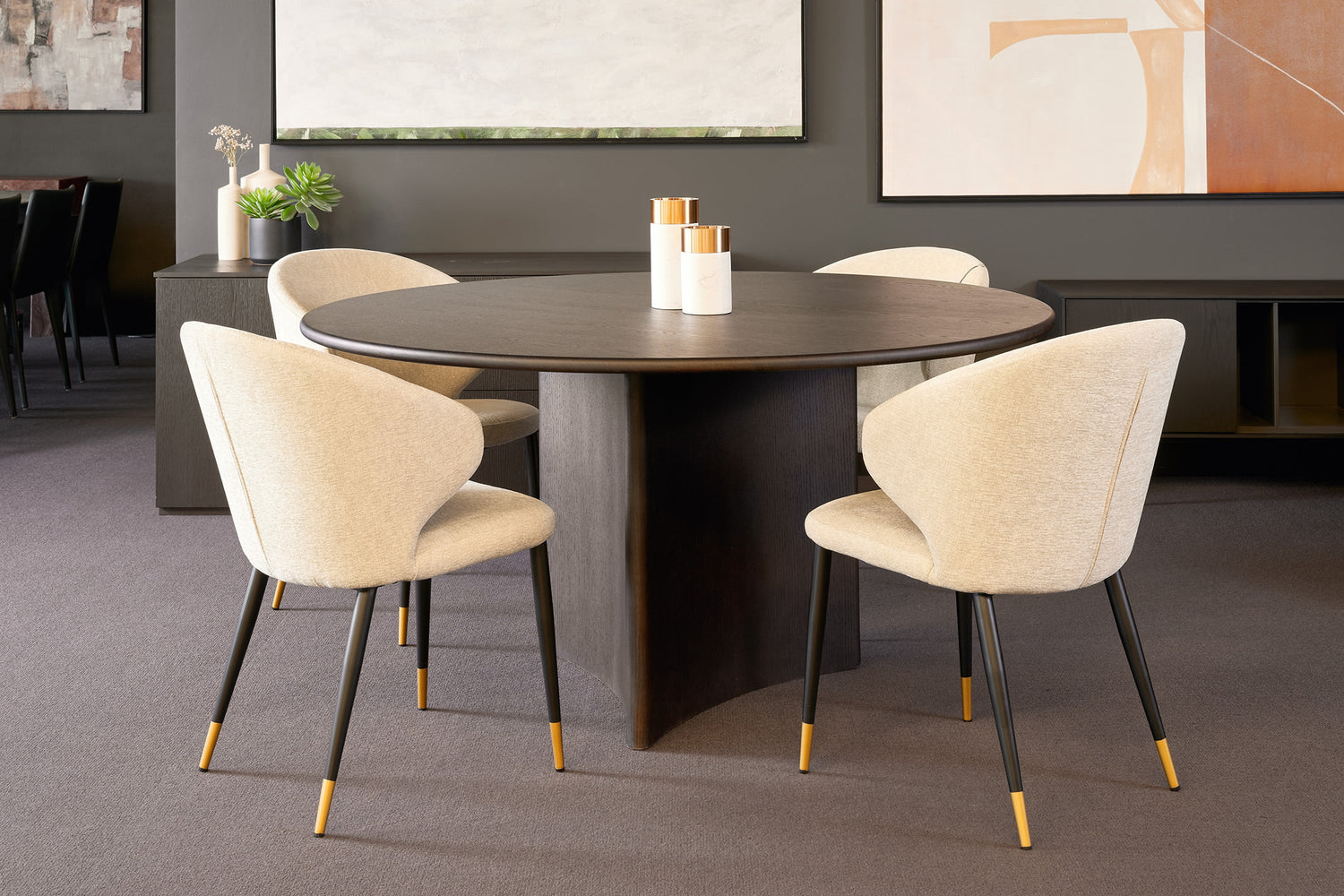In the ever-evolving world of interior design, trends come and go. However, there are certain design elements that withstand the test of time, effortlessly blending the old with the new. One such trend that has recently made a remarkable comeback is the use of fluted and reeded furniture. This classic technique, originating in ancient Greece and Rome, involves creating vertical grooves or ridges on the surface of furniture, adding texture and visual interest to any space. The resurgence of fluted and reeded furniture can be attributed to its versatility and timeless appeal. Whether incorporated into modern, minimalist interiors or traditional, ornate settings, these distinctive furnishings effortlessly elevate the overall aesthetic, creating a sense of elegance and refinement. Join us as we delve into the captivating world of fluted and reeded furniture, exploring its history, its contemporary applications, and the reasons behind its enduring popularity in the realm of interior design.

Historical Significance and Origins of Fluted and Reeded Designs
Fluted and reeded designs have a rich history that dates back to ancient civilizations. The Greeks and Romans were among the first to incorporate this technique into their furniture, using it to enhance the beauty and functionality of their pieces. Fluting, which involves creating vertical grooves on the surface of furniture, was commonly seen in columns and pilasters, adding a sense of grandeur and sophistication to architectural structures. Reeding, on the other hand, refers to the creation of small, rounded ridges.
During the Renaissance period, fluted and reeded designs experienced a revival, as craftsmen sought to emulate the elegance and craftsmanship of ancient Greek and Roman furniture. This trend continued to evolve over the centuries, with fluted and reeded furniture becoming synonymous with classic, timeless design.
Characteristics and Features of Fluted and Reeded Furniture
Fluted and reeded furniture is characterized by its distinctive vertical grooves and ridges, which add texture and visual interest to the piece. These grooves can be shallow or deep, depending on the desired effect. The number and spacing of the grooves can also vary, allowing for endless design possibilities.
One of the key features of fluted and reeded furniture is its versatility. This design technique can be incorporated into various types of furniture, including chairs, tables, cabinets, and even bed frames. Whether used sparingly as an accent or applied to the entire piece, fluting and reeding add a touch of elegance and refinement to any space.
Reasons for the Resurgence in Popularity of Fluted and Reeded Designs
In recent years, there has been a resurgence in the popularity of fluted and reeded furniture. This can be attributed to several factors. Firstly, there is a growing interest in traditional craftsmanship and timeless design. Fluted and reeded furniture embodies these qualities, offering a sense of history and heritage in a contemporary setting.
Additionally, fluted and reeded designs have the ability to seamlessly blend with various interior design styles. Whether incorporated into modern, minimalist interiors or traditional, ornate settings, these distinctive furnishings effortlessly elevate the overall aesthetic, creating a sense of elegance and refinement.

Incorporating Fluted and Reeded Furniture into Different Interior Design Styles
Fluted and reeded furniture can be incorporated into various interior design styles, adding character and visual interest to any space. In modern and minimalist interiors, these designs can serve as a focal point, adding texture and depth to an otherwise clean and sleek space. For a more traditional or classic look, fluted and reeded furniture can be paired with ornate details and rich materials, creating a sense of timeless elegance.
When incorporating fluted and reeded furniture into an interior design scheme, it's important to consider the overall balance and harmony of the space. Mixing different textures and materials can create a visually appealing contrast, while selecting pieces that complement the existing color palette ensures a cohesive and well-designed look.
Tips for Choosing and Styling Fluted and Reeded Furniture
When choosing fluted and reeded furniture, it's essential to consider the size and scale of the piece in relation to the space it will occupy. Larger, more substantial pieces can make a bold statement, while smaller accent pieces can add a touch of elegance to a room.
In terms of styling, fluted and reeded furniture pairs well with a variety of materials and finishes. For a contemporary look, consider pairing it with sleek, metallic accents and neutral colors. In more traditional settings, opt for warm woods and rich, textured fabrics to enhance the classic appeal of the design.
Examples of Fluted and Reeded Furniture in Contemporary Interior Design
Fluted and reeded furniture has become increasingly popular in contemporary interior design, with designers and homeowners alike embracing the timeless appeal of this design technique. From fluted cabinets and sideboards to reeded bed frames and dining tables, there are numerous examples of how this design element can be incorporated into modern spaces.
One example is the use of fluted cabinets in kitchens and bathrooms. The vertical grooves add texture and visual interest to the cabinetry, creating a unique and stylish look. Another example is the incorporation of reeded details on bed frames and headboards. This adds a touch of elegance and sophistication to the bedroom, while maintaining a modern aesthetic.

The Enduring Appeal of Fluted and Reeded Designs in Interior Design
Fluted and reeded furniture continues to captivate designers and homeowners alike with its timeless appeal. Whether used to add texture and visual interest to a contemporary space or to enhance the elegance of a traditional setting, this classic design technique effortlessly blends the old with the new. With its versatility, craftsmanship, and enduring beauty, fluted and reeded furniture is a trend that is here to stay, leaving a lasting impression on interior design for years to come.





